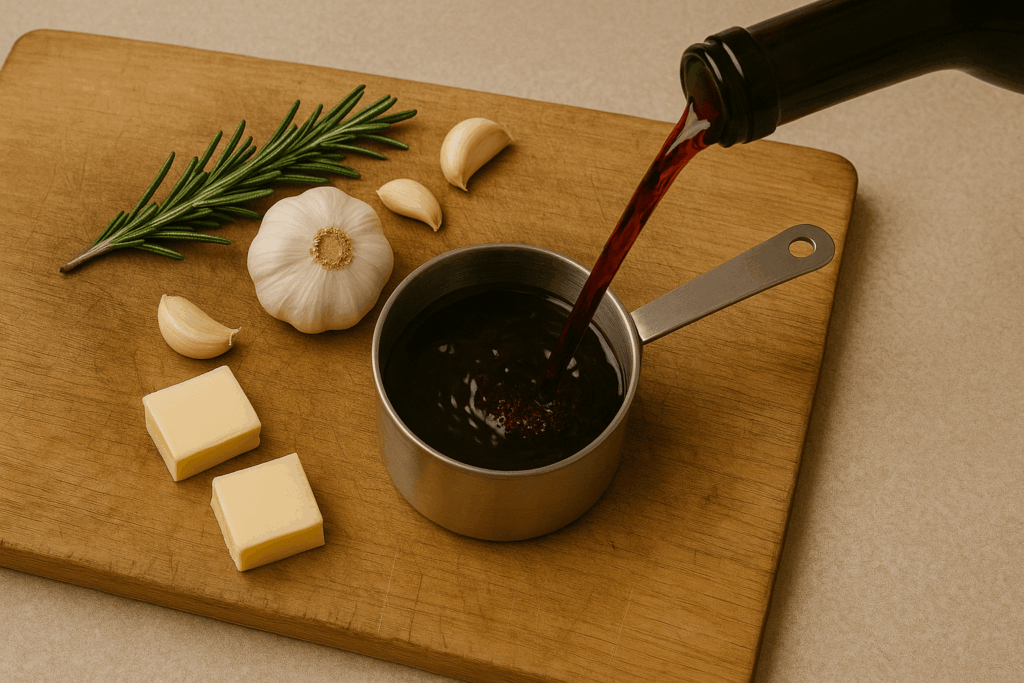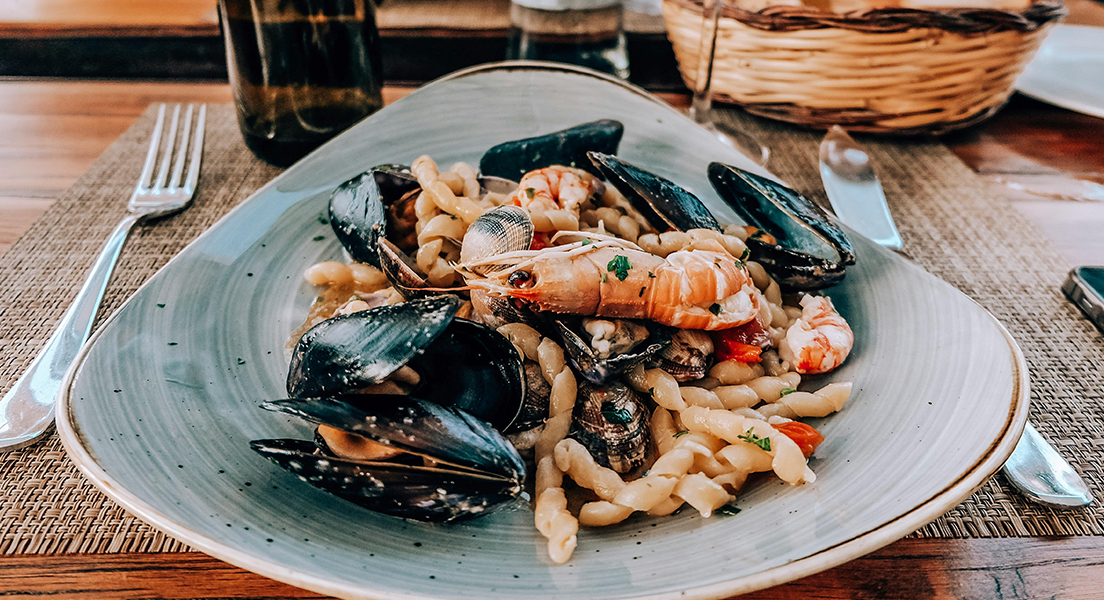
Dry white wine is a versatile ingredient that can elevate your culinary creations, adding depth, complexity, and a hint of acidity to a wide variety of dishes. From enhancing the flavor of sauces to creating exquisite reductions, the right white wine can transform your cooking. This guide reveals the art of cooking with dry white wine, offering tips, techniques, and recipes to help you master the use of this exceptional ingredient in your kitchen. Hopefully, after reading this, you can be transported to a culinary dreamworld where white wine is the star of the show!
Understanding dry white wine

Dry white wine is a key ingredient in many recipes, offering subtle complexity and balance. Knowing its role in cooking can help you enhance flavors and create exceptional dishes.
What Is dry white wine?
Dry white wine is characterized by its lack of residual sugar, resulting in a crisp, clean taste. The dryness of the wine makes it an ideal ingredient for cooking, as it doesn’t add unwanted sweetness to dishes. Common varieties of dry white wine include Sauvignon Blanc, Pinot Grigio, Chardonnay, and Riesling (dry versions).
Flavor profiles and uses
Different types of dry white wines offer unique flavor profiles that can complement various dishes:
- Sauvignon Blanc: Known for its high acidity and herbal notes, it’s excellent for deglazing pans and making light, zesty sauces.
- Pinot Grigio: Light and crisp with subtle fruitiness, it pairs well with seafood and chicken dishes.
- Chardonnay: Offers a fuller body with buttery and oaky notes, ideal for creamy sauces and rich dishes.
- Dry Riesling: Delivers bright acidity and hints of fruit, suitable for balancing rich or spicy dishes.
Cooking with dry white wine: Tips and techniques
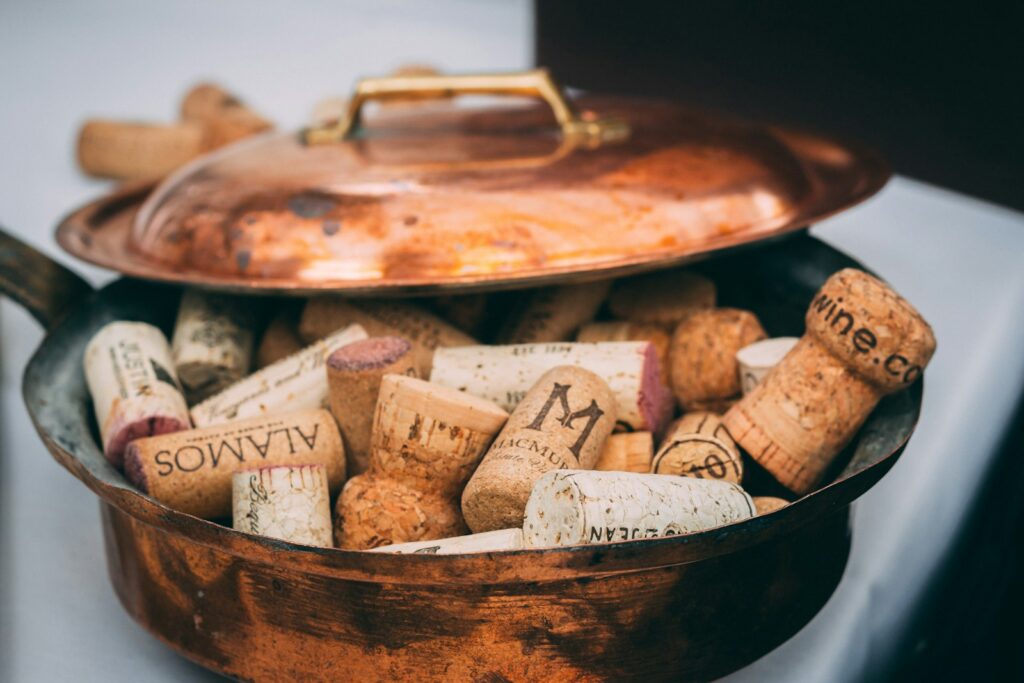
Dry white wine adds acidity and depth to dishes, enhancing flavors and balancing richness. Master these tips and techniques to elevate your cooking with this versatile ingredient.
Choosing the right wine
When selecting a dry white wine for cooking, choose a wine that you would enjoy drinking. Avoid cooking wines labeled specifically for cooking, as they often contain added salt and preservatives, which can affect the flavor of your dish. Instead, opt for a quality bottle of dry white wine. Since your recipe will call for approximately a cup or of wine you may as well choose a wine that you can have a glass of while preparing the meal, or enjoy while eating!
Balancing acidity
White wine adds acidity to dishes, which can help balance flavors and enhance the overall taste. Use it to brighten up rich dishes, cut through fatty ingredients, or add a tangy note to a sauce. Be mindful of the acidity level, and adjust other ingredients as needed to maintain a harmonious balance.
Cooking techniques
Deglazing
Deglazing is a technique where you add liquid (such as white wine) to a hot pan to dissolve the browned bits of food stuck to the bottom. This process creates a flavorful base for sauces and gravies.
- Cook your protein: Sear or sauté your meat, fish, or vegetables in a pan until browned.
- Remove the food: Transfer the cooked food to a plate and set aside.
- Add white wine: Pour a splash of dry white wine into the hot pan.
- Scrape the bottom: Use a wooden spoon to scrape up the browned bits.
- Reduce: Let the wine simmer until it reduces by half, concentrating the flavors.
- Finish the sauce: Add stock, cream, or other ingredients to complete the sauce.
Reductions
Reducing white wine concentrates its flavors and creates a thick, syrupy consistency that can be used as a sauce or glaze.
- Pour wine into a pan: Add your desired amount of dry white wine to a pan.
- Simmer: Bring the wine to a simmer over medium heat.
- Reduce: Let the wine cook down until it reaches the desired consistency.
- Enhance: Add butter, herbs, or spices to enhance the flavor.
Marinades
White wine makes an excellent base for marinades, adding flavor and tenderizing the meat.
- Combine ingredients: Mix dry white wine with herbs, spices, oil, and acidic ingredients like lemon juice or vinegar.
- Marinate: Place your meat, fish, or vegetables in the marinade and let it soak for at least 30 minutes (up to several hours).
- Cook: Grill, bake, or sauté the marinated food as desired.
Popular dry white wine recipes
Here’s a selection of dishes where dry white wine takes center stage, adding depth, flavor, and elegance to the final product. These recipes are simple to prepare yet deliver incredible results.
Classic white wine sauce
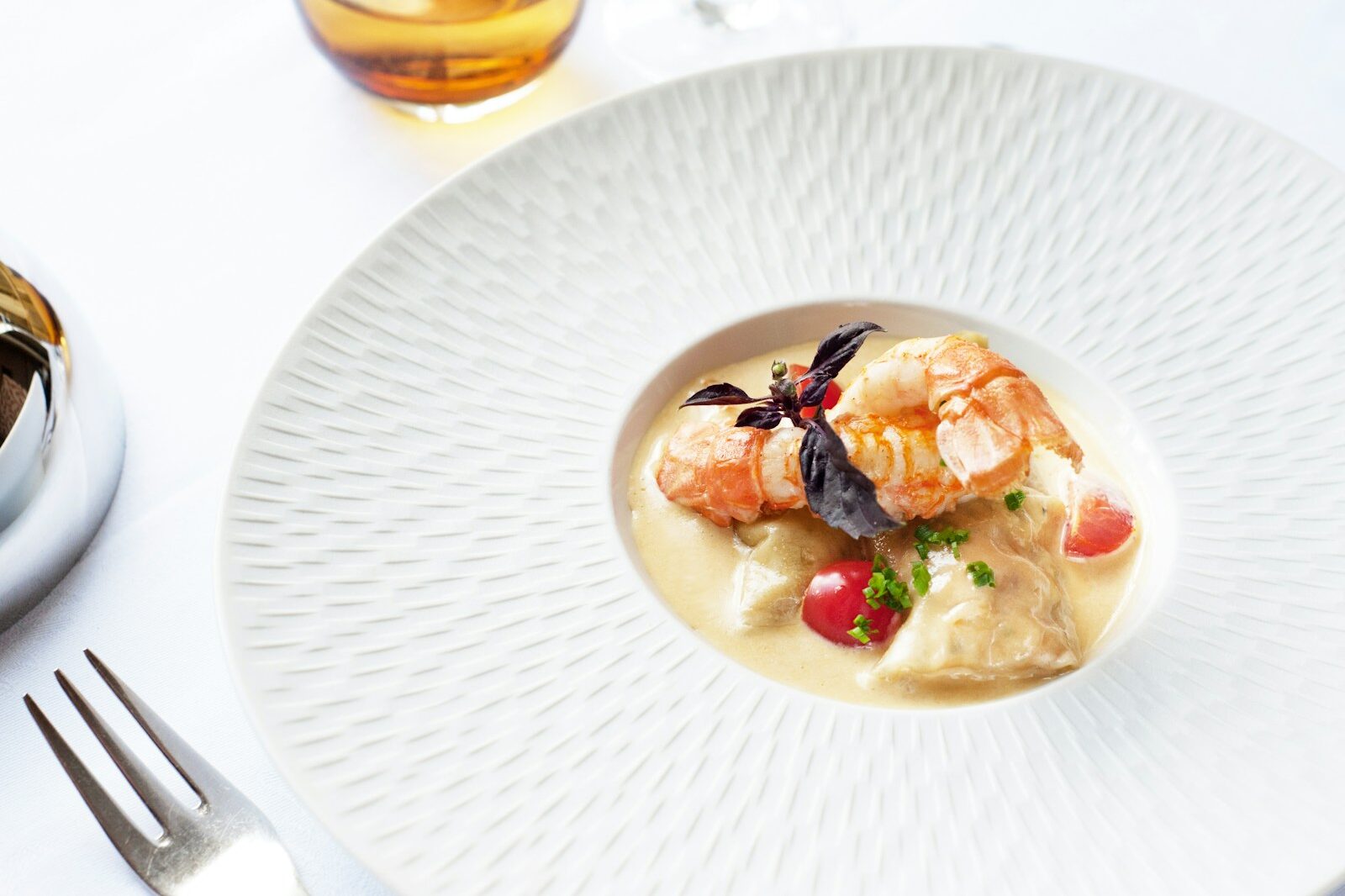
A versatile sauce perfect for pasta, chicken, or seafood, showcasing the subtle acidity of dry white wine.
Ingredients:
- 1 cup dry white wine
- 1 cup chicken or vegetable stock
- 1/2 cup heavy cream
- 2 tbsp butter
- 1 shallot, finely chopped
- 2 cloves garlic, minced
- Salt and pepper to taste
- Fresh parsley, chopped (for garnish)
Instructions:
- Melt butter in a pan and sauté shallots and garlic until translucent.
- Add white wine and simmer until reduced by half.
- Stir in stock and reduce slightly.
- Add cream, simmer until thickened, and season to taste.
- Serve over pasta, chicken, or seafood with parsley garnish
White wine risotto
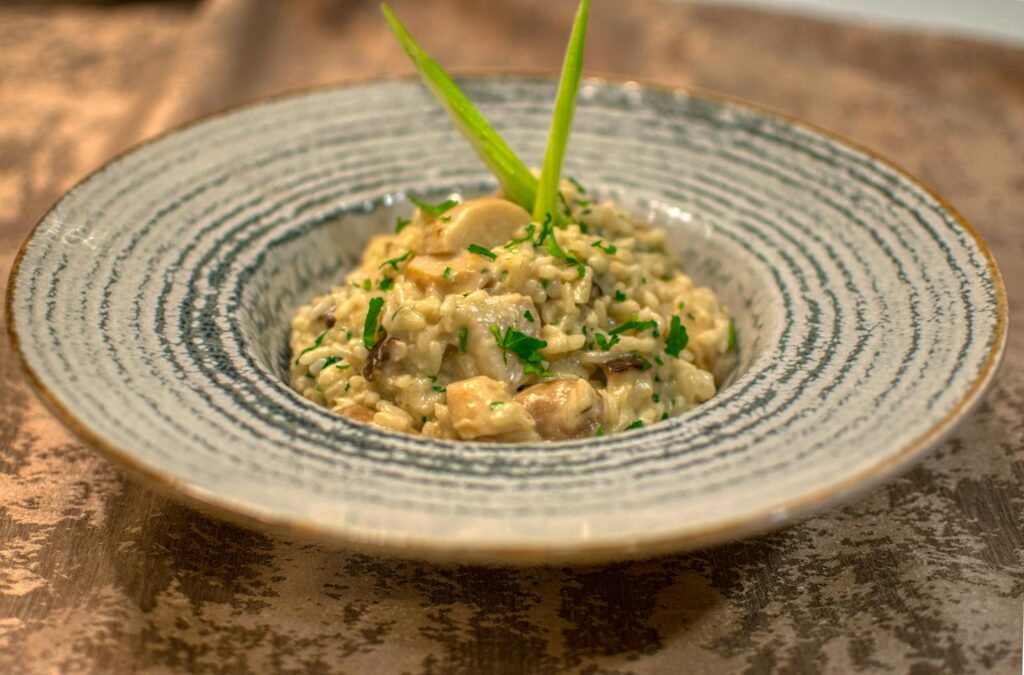
A creamy, flavorful risotto enhanced by the brightness of dry white wine.
Ingredients:
- 1 cup Arborio rice
- 1/2 cup dry white wine
- 4 cups chicken or vegetable stock (warm)
- 2 tbsp butter
- 1 small onion, finely chopped
- 1/4 cup grated Parmesan cheese
- Salt and pepper to taste
Instructions:
- Melt butter in a pan, add onion, and sauté until softened.
- Add Arborio rice and stir for 2-3 minutes.
- Deglaze with white wine and cook until absorbed.
- Gradually add warm stock, stirring until absorbed before adding more.
- Stir in Parmesan, season to taste, and serve hot.
Mussels in white wine sauce
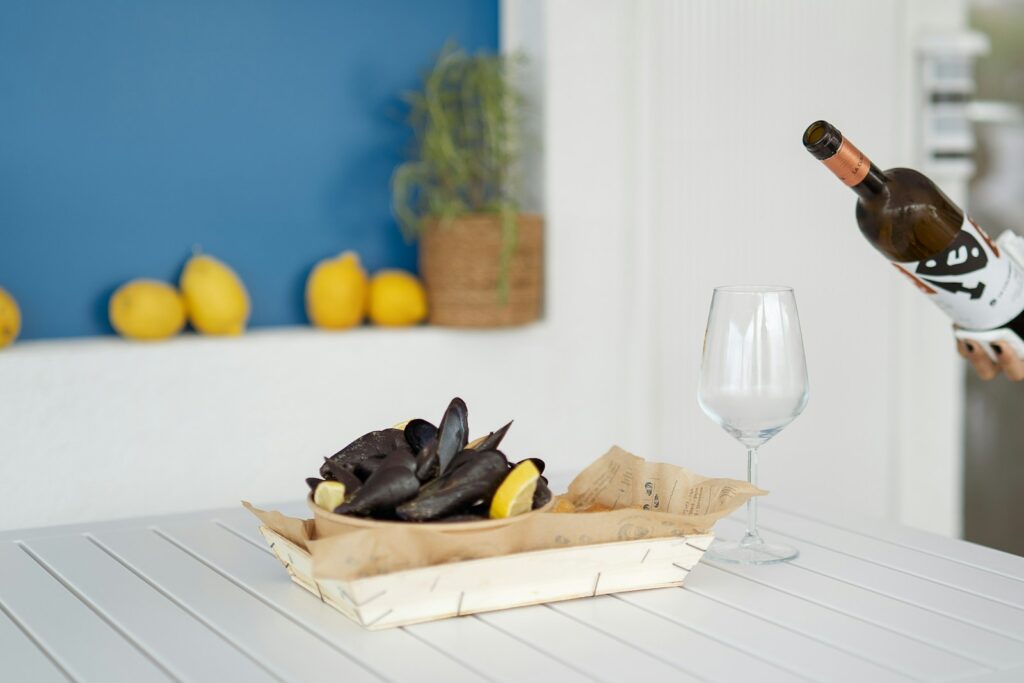
A classic seafood dish that’s quick to prepare and full of flavor.
Ingredients:
- 2 lbs mussels, cleaned
- 1 cup dry white wine
- 2 tbsp butter
- 2 shallots, finely chopped
- 3 cloves garlic, minced
- 1/4 cup fresh parsley, chopped
- Salt and pepper to taste
Instructions:
- Melt butter in a large pot, sauté shallots and garlic until fragrant.
- Add white wine and bring to a simmer.
- Add mussels, cover, and cook for 5-7 minutes until they open.
- Discard unopened mussels, sprinkle with parsley, and serve.
White wine poached chicken
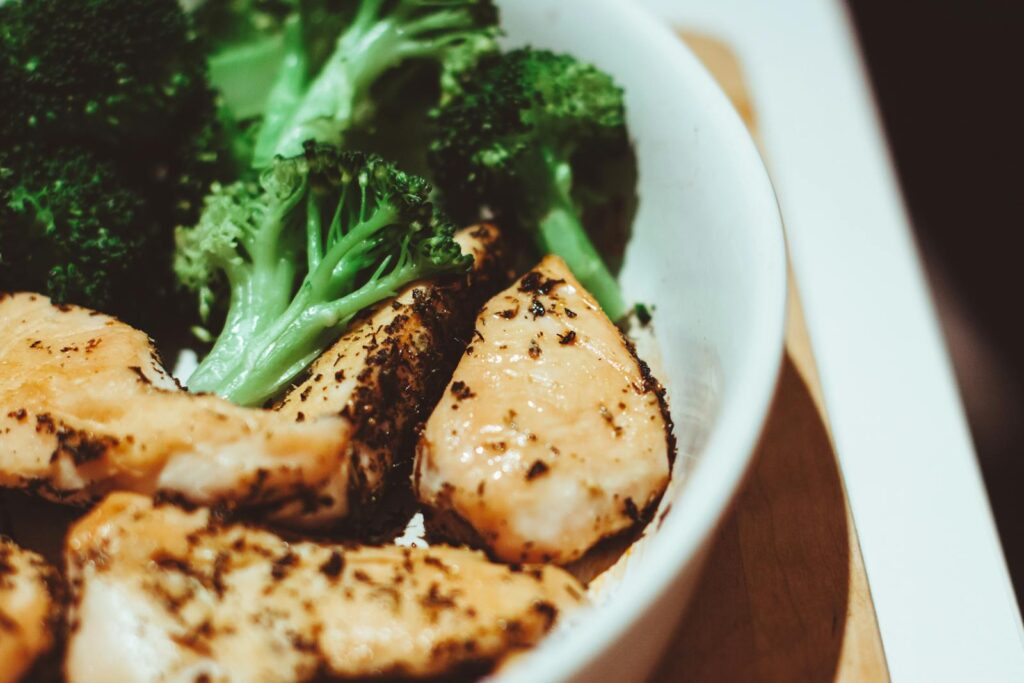
A tender, flavorful chicken dish made with a delicate white wine broth.
Ingredients:
- 2 boneless, skinless chicken breasts
- 2 cups dry white wine
- 2 cups chicken stock
- 2 garlic cloves, crushed
- 1 bay leaf
- 1 tsp thyme
- Salt and pepper to taste
Instructions:
- Combine white wine, stock, garlic, bay leaf, and thyme in a pot. Bring to a simmer.
- Add chicken breasts, ensuring they are fully submerged.
- Simmer gently for 15-20 minutes or until chicken is cooked through.
- Remove chicken, season with salt and pepper, and serve sliced with a drizzle of the broth.
White wine steamed clams
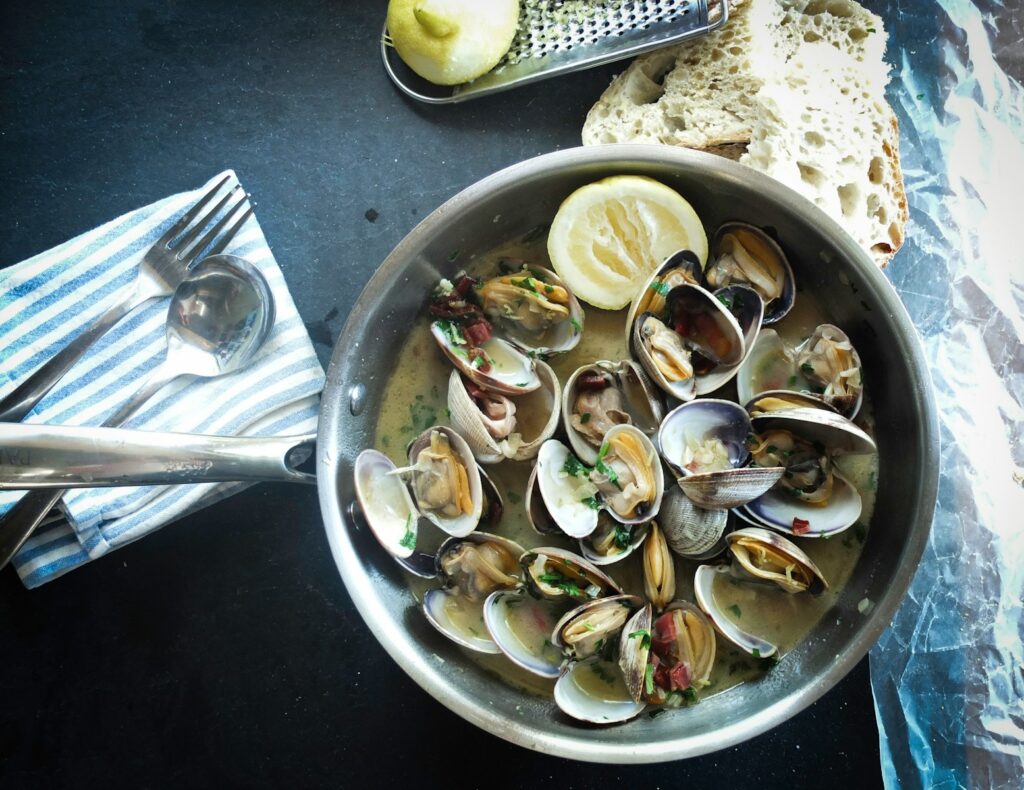
An easy, flavorful dish that highlights the natural sweetness of clams.
Ingredients:
- 2 lbs clams, cleaned
- 1 cup dry white wine
- 2 tbsp olive oil
- 3 cloves garlic, minced
- 1/4 cup fresh parsley, chopped
- Lemon wedges for serving
Instructions:
- Heat olive oil in a large pot, add garlic, and sauté until fragrant.
- Add white wine and bring to a simmer.
- Add clams, cover, and steam for 5-7 minutes until they open.
- Discard unopened clams, sprinkle with parsley, and serve with lemon wedges.
10 Dry white wine food pairings to try
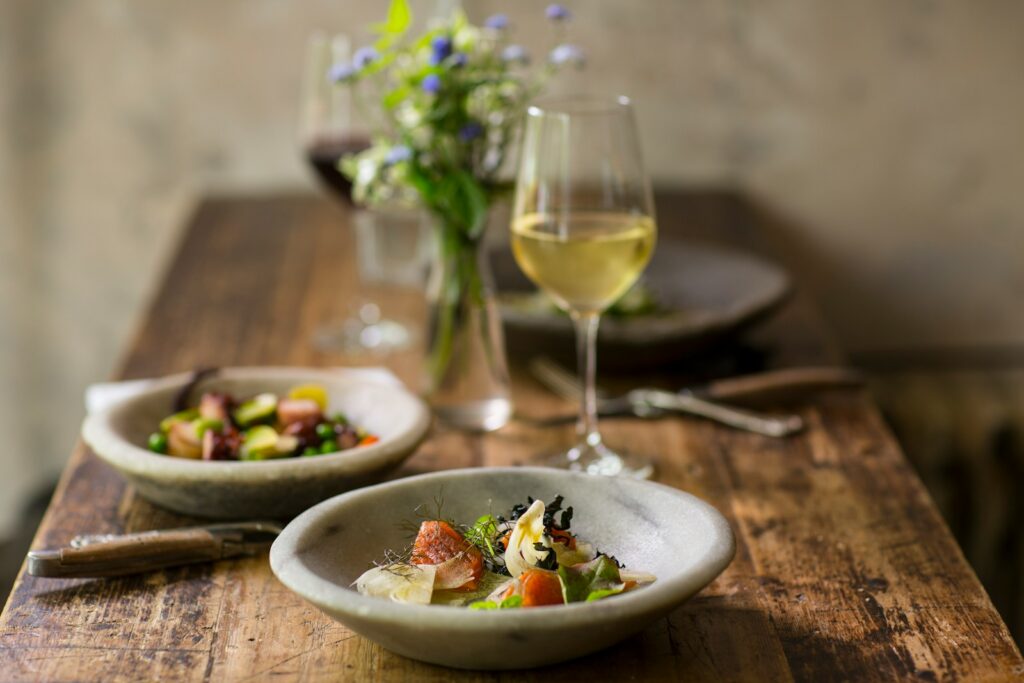
Dry white wine’s crisp acidity and nuanced flavors make it a perfect companion to a wide range of foods. Pair it with bright, zesty flavors, creamy textures, or delicate, herbaceous notes to create unforgettable combinations.
- Shellfish: Dry white wine pairs beautifully with delicate shellfish like oysters, clams, or scallops, enhancing their natural sweetness without overpowering them.
- Grilled or steamed white fish: The light, clean profile of dry white wine complements mild-flavored fish like cod, halibut, or sole, balancing richness with acidity.
- Pasta with cream sauces: The acidity in dry white wine cuts through the richness of creamy Alfredo or carbonara sauces, refreshing the palate with each sip.
- Soft and creamy cheeses: Brie, Camembert, or goat cheese pair wonderfully with dry white wine, as the acidity balances the creaminess without overwhelming the flavors.
- Vegetable risotto: Earthy, creamy risottos made with asparagus, mushrooms, or peas are elevated by the wine’s bright, zesty notes.
- Roasted chicken: Dry white wine complements the savory, golden flavors of roasted chicken, adding freshness to the dish.
- Herb-infused dishes: Meals seasoned with herbs like thyme, tarragon, or dill pair well with dry white wine, which enhances their aromatic qualities.
- Sushi or sashimi: The wine’s crisp acidity and subtle fruit notes enhance the delicate flavors of fresh fish and rice, offering a refreshing contrast.
- Vegetable-based dishes: Grilled or roasted vegetables, especially zucchini, asparagus, or artichokes, work well with dry white wine’s light, clean profile.
- Lemon or citrus-based dishes: Dry white wine mirrors and amplifies the tangy brightness in lemony dishes, creating a harmonious pairing with citrus-marinated seafood or chicken.
Conclusion
Dry white wine is an invaluable ingredient in the kitchen, capable of enhancing a wide array of dishes with its acidity, complexity, and depth of flavor. By understanding the different types of dry white wine and how to use them in cooking, you can unlock new dimensions in your culinary creations. From deglazing pans and making reductions to marinating meats and creating elegant sauces, the possibilities are endless. So, next time you’re in the kitchen, reach for a bottle of dry white wine and let it work its magic in your cooking (and while you’re at it, choose a bottle that can be served with the meal as well). Why not raise a glass of Savvy B to mastering the art of culinary magic with dry white wine!



